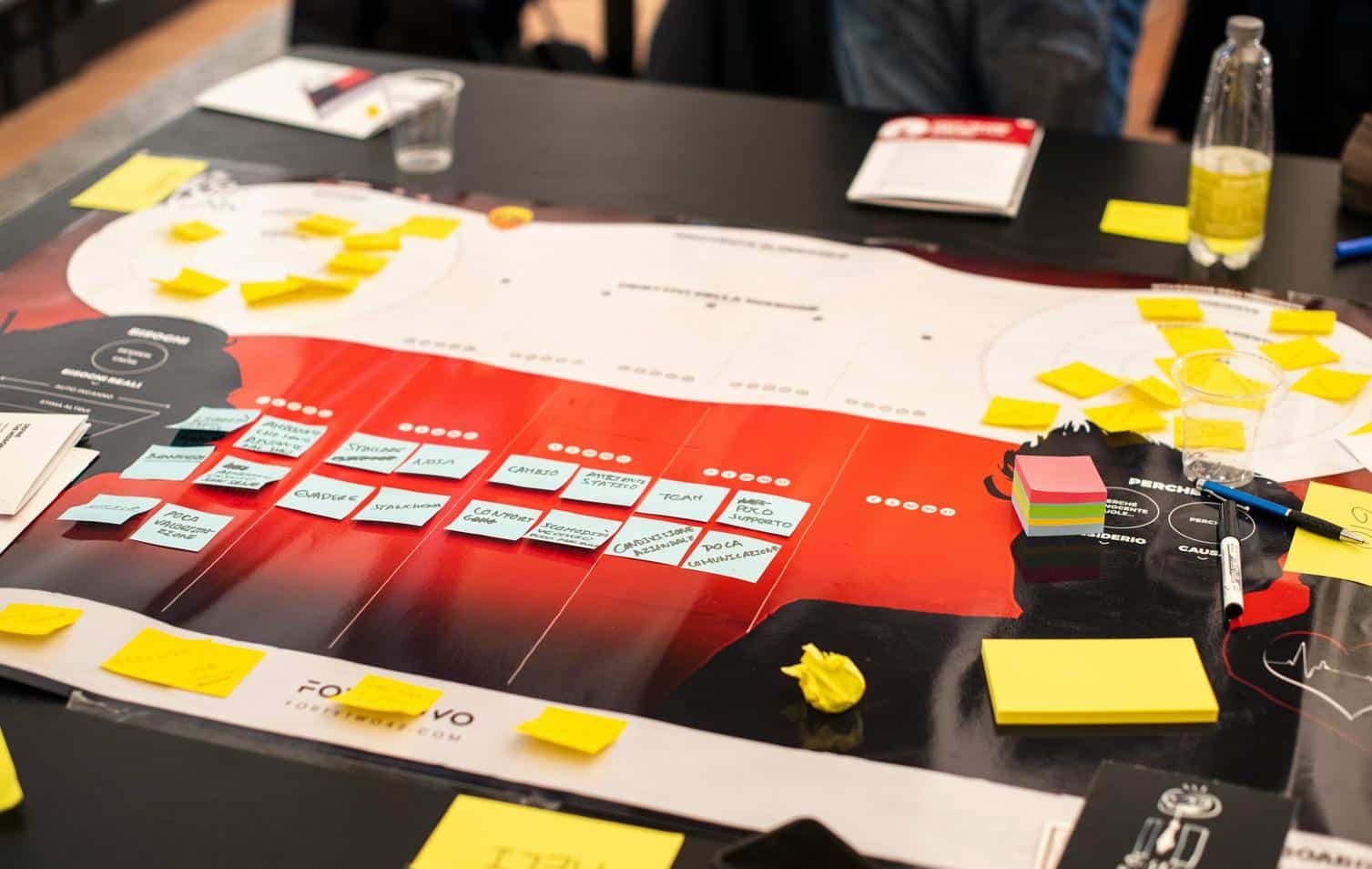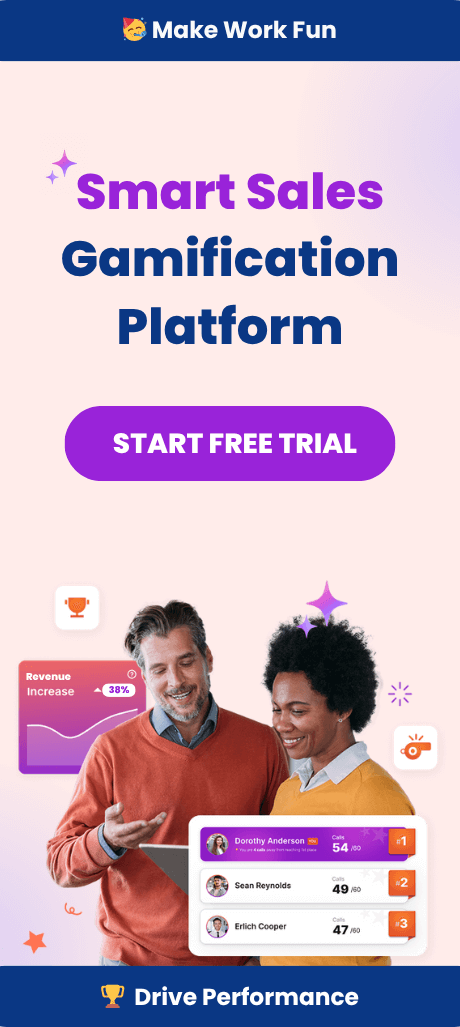Gamification’s Influence on Modern Sales Teams
Understanding the Role of Gamification in Sales Ecosystems
In the past decade, the fundamental dynamics of sales have shifted from a purely transactional model to a more holistic, engagement-driven approach. The modern sales organization operates within a framework where motivation, collaboration, and performance are not mere byproducts but essential catalysts. This shift has been accelerated by the strategic introduction of gamification, which infuses game-like elements into business processes to foster competition, transparency, and sustained motivation.
Gamification’s influence extends beyond superficial competition. Tools such as digital leaderboards, achievement badges, and real-time progress tracking have redefined not only how teams engage with their targets, but also how organizations signal value and recognition. Executives are often faced with the challenge: How can these gamification strategies be aligned to both motivate individuals and drive collective sales performance? Understanding this question is the key to unlocking stronger results and deeper engagement.
Why Gamification Resonates in Modern Sales Environments
Gamification has taken root within sales teams for a critical reason: it merges human psychology with measurable business outcomes. Humans—sales professionals included—are inherently driven by recognition, healthy competition, and the satisfaction of achievement. When executed thoughtfully, gamification taps into these drivers, creating a culture that is performance-oriented while remaining collaborative and inclusive.
At its core, a well-designed gamification program leverages structures such as leaderboards and employee engagement contests to:
- Provide visibility and clarity into performance standings
- Create positive reinforcement through recognition and rewards
- Encourage healthy competition among team members
- Foster a sense of belonging and community among distributed teams
- Drive a data-centric approach to goal attainment and accountability
These outcomes are not theoretical; organizations such as those highlighted in Engagement Tools Every Team Needs to Thrive, have demonstrated that tactical gamification amplifies both productivity and morale. But why is this synergy so effective, and where is it headed?
Digital Leaderboards: Transparency, Accountability, and Engagement
Among the various components of gamification, digital leaderboards occupy a unique position. Historically, leaderboards were confined to the walls of call centers or sales floors, manual and at times prone to bias or error. Today, cloud-based digital leaderboards automate this process, providing real-time data, customizable metrics, and integration with existing CRMs and sales management platforms.
The value of digital leaderboards lies in their ability to create a shared sense of progress and achievement, regardless of whether teams are remote, in-office, or hybrid. Executives and sales managers now rely on leaderboards to:
- Set clear, attainable targets for all contributors
- Reflect real-time sales data in ways dashboards cannot
- Drive consistent behaviors that align with broader revenue strategies
- Encourage individual accountability and proactive improvement
When leaderboards are integrated as a central pillar of a sales gamification platform, they also serve as a mechanism for celebrating both macro and micro wins: deals closed, milestones achieved, KPIs met. As explored in Leaderboards Done Right: Avoiding the Pitfalls of Sales Competitions, successful deployment depends not just on visibility, but on ensuring the metrics rewarded are aligned with strategic business goals.
The Psychology of Sales Gamification: Engagement and Motivation
For executives, the ‘why’ behind gamification is more than a matter of following trends—it’s about leveraging psychological motivators for real, sustained performance gains. Sale professionals respond acutely to challenges, recognition, and real-time feedback, which are the building blocks of gamification strategies. By setting clear boundaries and rewards, gamification transforms daily workflows into opportunities for growth, not just quotas to be met.
Gamification programs built around sales leaderboards, badges, customizable recognition, and tangible rewards anchor the sales experience in a framework of ongoing feedback, trust, and openness. This, in turn, drives higher satisfaction and lowers attrition rates, especially in high-velocity environments where disengagement leads to rapid turnover.
As recently analyzed in Gamification’s Role in Modern Employee Engagement, well-crafted gamification creates a sense of empowerment for both seasoned performers and new hires, providing the infrastructure for continual learning and skill development.
Customizing Gamification: Aligning with Business Goals and Team Dynamics
No two sales teams are identical. Gamification must be tailored, favoring customizable leaderboards and adjustable rewards over rigid, one-size-fits-all competitions. Strategic customization allows organizations to capture the nuances of their sales cycles, product mixes, and organizational cultures, ensuring gamification supports, rather than undermines, long-term objectives.
For example, in high-change environments such as SaaS or B2B sales, customizing gamification enables leaders to:
- Reward diverse performance metrics (activity levels, customer satisfaction, cross-sell rates)
- Acknowledge contributions across functions—SDRs, Account Executives, Customer Success—fostering unity
- Adjust rewards in response to shifting business priorities or seasonality
- Support learning objectives (certifications, product knowledge) alongside deal-based recognition
Customization ensures sustained relevance, knitting gamification into the fabric of an organization rather than treating it as a fleeting incentive scheme.
Digital Engagement: The Intersection of Technology and Team Culture
Whether in office or fully remote, digital engagement underpins modern sales culture. Gamification platforms integrate seamlessly with digital communication tools, CRM systems, and performance dashboards. This digital-first approach ensures continuity, transparency, and alignment, particularly for geographically dispersed teams.
Digital leaderboards and gamified engagement modules enable synchronous recognition, allowing top performers to be celebrated in real-time. Moreover, digital gamification solutions like Spinify’s employee gamification platform offer executives flexible control over contest design, communication cadence, and reward mechanisms, all while delivering robust analytics.
The technology does not just supplement engagement—it shapes the daily interactions and culture of a team. This integration of technology with psychology produces stronger, more resilient organizations that can adapt quickly to external challenges and internal growth.
Sales Gamification Metrics: Measuring What Matters Most
Executives must recognize that not all sales metrics are created equal. Gamification provides an unprecedented opportunity to realign focus on the metrics that actually drive business value. Traditional sales KPIs—calls made, deals closed, revenue generated—retain their place, but modern gamification surfaces leading indicators that might otherwise be overlooked.
For instance, measuring a rep’s engagement with product training modules, the speed of follow-up on new leads, or the frequency of creative outreach initiatives can be as critical as final revenue tallies. Well-designed leaderboards and incentive structures highlight these behaviors, nurturing a more balanced and future-facing team culture.
Successful measurement involves:
- Utilizing data from both quantitative (sales numbers, meetings booked) and qualitative (peer feedback, customer satisfaction) sources
- Ensuring transparency in how contributions are scored and recognized
- Frequent recalibration to keep performance criteria aligned with larger business objectives
Software platforms that specialize in sales gamification software or engagement management software bring these capabilities under one roof, offering dashboards and scorecards that provide leaders with immediate insight and actionable intelligence.
Common Pitfalls and How to Navigate Them
Despite its many advantages, gamification can falter when deployed superficially or without regard for team dynamics. The common pitfalls—rewarding only short-term outcomes, fostering cutthroat rivalries, or ignoring non-sales contributors—detract from the intended impact. Executives must be vigilant in designing systems that reward the right behaviors over the right timeframes, and always provide opportunities for every team member to participate meaningfully.
To steer clear of these traps:
- Prioritize inclusive rewards that acknowledge a variety of contributions
- Rotate contest themes and recognition channels to sustain engagement
- Use digital leaderboards as progress trackers, not just scorecards
- Solicit regular feedback from participants, adjusting strategies as needed
Leadership’s commitment to an adaptive, transparent approach determines the longevity and authenticity of a successful gamification initiative.
Case Studies: Gamification’s Measurable Impact
Numerous case studies validate the tangible benefits of sales gamification. Companies employing platforms that focus on employee engagement, customized leaderboards, and clear incentive structures consistently report marked improvements in several key areas:
- Rising productivity rates and faster onboarding for new hires
- Significantly higher quota attainment across teams
- Increased collaboration, even in high-velocity competition environments
- Improved employee satisfaction and reduced voluntary attrition
These outcomes distinguish organizations investing in thoughtful gamification strategies from those maintaining a status-quo approach. For example, for a more granular exploration, the article Understanding the Link Between Engagement and Performance demonstrates this in real-world contexts, highlighting both the science and art inherent in gamification-led transformation.
The Future of Gamification: AI, Personalization, and Beyond
The next frontier in gamification for sales teams lies in ever-greater personalization and the strategic use of artificial intelligence. As AI gamification platforms mature, executives can anticipate a future in which contests, leaderboards, and recognition schemes respond dynamically to each team member’s unique motivators and performance history.
Emerging trends include:
- AI-driven recommendations for tailored incentives
- Auto-calibration of competition rules based on participation and engagement data
- Real-time nudges and micro-rewards to keep motivation high between big milestones
- Predictive insights to identify disengagement or training needs before they impact results
This prospect suggests that the future of sales performance will depend as much on the deployment of advanced engagement platforms as it does on classic sales skills. Organizations investing in these capabilities today will command a distinct competitive advantage tomorrow.
Action Steps for Sales Leaders Ready to Innovate
For Sales VPs, Enablement Leads, RevOps Directors, and CEOs eager to elevate their teams’ performance and satisfaction, the pathway is clear. Begin with a realistic assessment of existing engagement and recognition practices, then progressively adopt best-in-class gamification technologies.
Consider platforms that seamlessly integrate gamification, leaderboards, and recognition with your existing tech stack. Seek solutions—such as Spinify—that provide proven return on investment, deep customization, and rich data insights.
Ultimately, sales team success in the next decade will be shaped by those willing to move beyond transactional incentives and embrace the full spectrum of digital, psychological, and strategic advances that modern gamification puts within reach.



